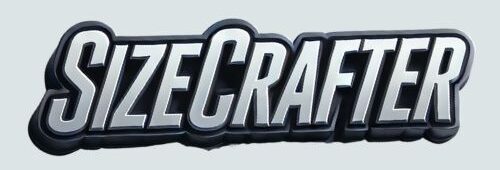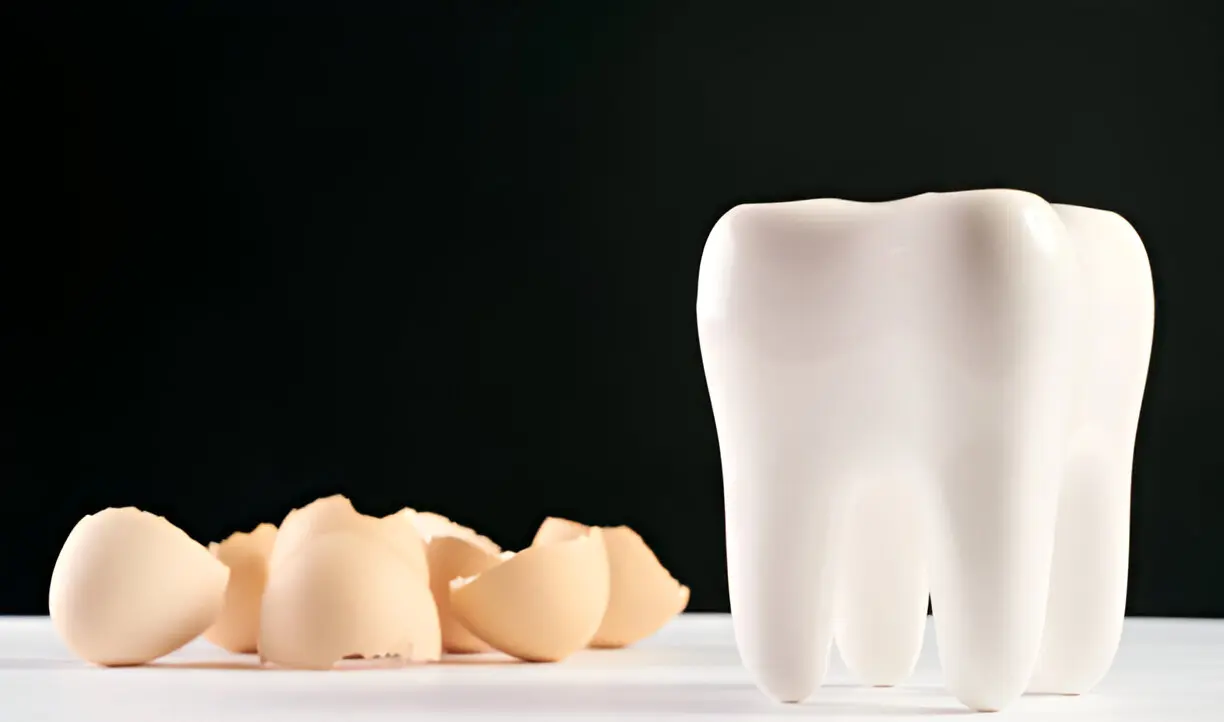What to Do When You Damage a Tooth: Immediate Steps to Take
Tooth damage can happen suddenly and unexpectedly. Whether you bite down on something hard, experience a sports injury, or suffer an accident, knowing how to respond quickly can mean the difference between saving your tooth and losing it permanently. Taking the right immediate steps protects your oral health and may prevent the need for extensive dental work later.
Assess the Severity of the Damage
Identify the Type of Injury
Different types of tooth damage require different responses. A small chip may not constitute an emergency, while a completely knocked-out tooth demands immediate action. Look for visible cracks, missing pieces, or teeth that have shifted position.
Check for bleeding from your gums or inside your mouth. Excessive bleeding often indicates more serious damage that requires professional attention. Note any sharp edges that could cut your tongue or cheeks, as these need protection while you seek treatment.
Evaluate Your Pain Level
Pain levels help determine the urgency of your situation. Severe, throbbing pain suggests nerve damage or infection, which requires emergency dental care. Mild discomfort might indicate less serious damage that can wait for regular office hours.
Temperature sensitivity is another important indicator. If hot or cold substances cause intense pain, the inner pulp of your tooth may be exposed and vulnerable to infection.
Immediate Actions for Different Types of Damage
Chipped or Cracked Teeth
Rinse your mouth gently with warm water to clean the area around the damaged tooth. Save any pieces of the tooth you can find, as your dentist might be able to reattach them. Place the fragments in milk or saliva to keep them moist.
Apply a cold compress to the outside of your cheek to reduce swelling. Use the compress for 15 minutes at a time with breaks in between. Avoid placing ice directly on your skin, as this can cause tissue damage.
Knocked-Out Teeth
Time is critical when a tooth has been completely knocked out. Handle the tooth only by the crown, avoiding contact with the root. Gently rinse the tooth with water if it’s dirty, but don’t scrub or remove any attached tissue.
Try to reinsert the tooth into its socket if possible, holding it in place by gently biting down on a clean cloth. If reinsertion isn’t possible, keep the tooth moist by placing it in milk, saliva, or a tooth preservation solution. Never store a knocked-out tooth in water, as this can damage the root cells.
Loose or Displaced Teeth
Don’t attempt to force a loose tooth back into position. Instead, try to keep it stable by gently biting down on a piece of gauze or cloth. Avoid wiggling the tooth with your tongue or fingers, as this can cause additional damage.
If a tooth has been pushed out of alignment, resist the urge to push it back into place. This should only be done by a dental professional who can ensure proper positioning without causing further harm.
Pain Management and Protection
Safe Pain Relief Methods
Over-the-counter pain medications can help manage discomfort while you arrange dental care. Follow package directions carefully and avoid exceeding recommended dosages. Ibuprofen often works well for dental pain because it reduces both pain and inflammation.
Avoid aspirin directly on the damaged area, as this can burn your gums and delay healing. Similarly, don’t apply heat to the affected area, as this can increase swelling and worsen your condition.
Protecting the Damaged Area
Cover sharp edges with dental wax, sugar-free gum, or even a small piece of cheese to prevent cuts to your tongue and cheeks. This temporary protection helps you function more comfortably until you receive professional treatment.
Stick to soft foods and avoid chewing on the damaged side of your mouth. Cold foods and drinks may provide some relief, but avoid anything too hot or cold if you’re experiencing sensitivity.
When to Seek Emergency Care
Signs That Require Immediate Attention
Severe pain, excessive bleeding, or signs of infection warrant emergency dental treatment. Swelling that affects your ability to swallow or breathe requires immediate medical attention, as this could indicate a serious infection.
If you’ve suffered multiple damaged teeth or facial injuries, visit an emergency room first to rule out jaw fractures or other serious injuries before focusing on dental treatment.
Planning for Ongoing Treatment
Some tooth damage requires multiple visits to address completely. While emergency treatment focuses on pain relief and stabilization, comprehensive restoration may involve crowns, bridges, or other procedures. In cases of severe damage where the tooth cannot be saved, replacement options become necessary to consider. When evaluating long-term solutions, factors such as the cost of dental implants in San Jose, CA and other replacement methods should be discussed with your dental professional to make informed decisions about your oral health.
Prevention for the Future
Protective Measures
Wear mouthguards during sports activities and avoid using your teeth as tools. Don’t chew on ice, hard candies, or other objects that can cause sudden damage. Regular dental checkups help identify weakened teeth before they break.
Address teeth grinding or clenching habits with your dentist, as these behaviors gradually weaken teeth and make them more susceptible to damage.
Quick action following tooth damage can save you pain, money, and complications later. Keep your dentist’s emergency contact information readily available, and don’t hesitate to call when damage occurs. Your prompt response could save your smile.
Also Read-Dental and Oral Health for Veterans: Benefits, Prevention, and Wellness

